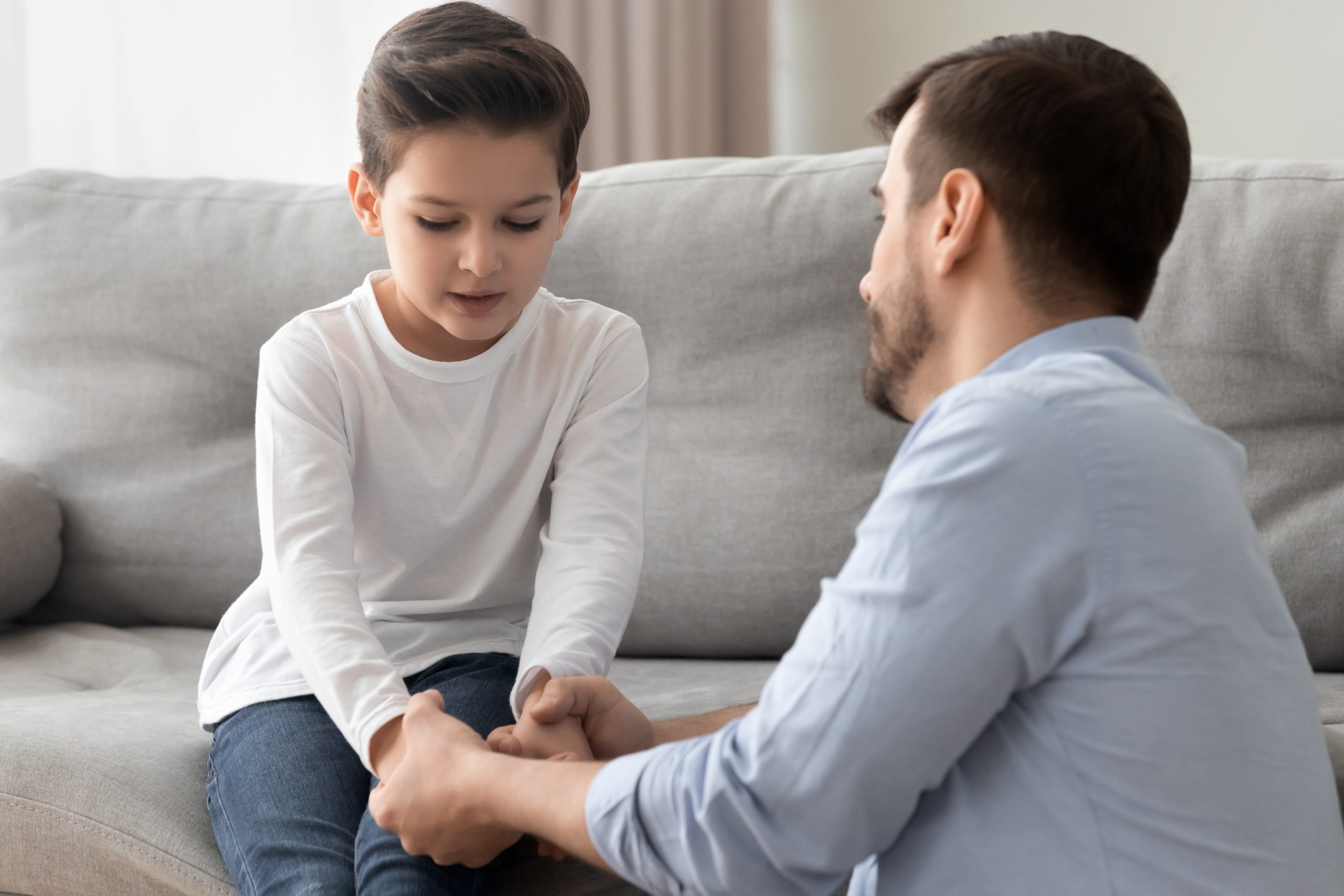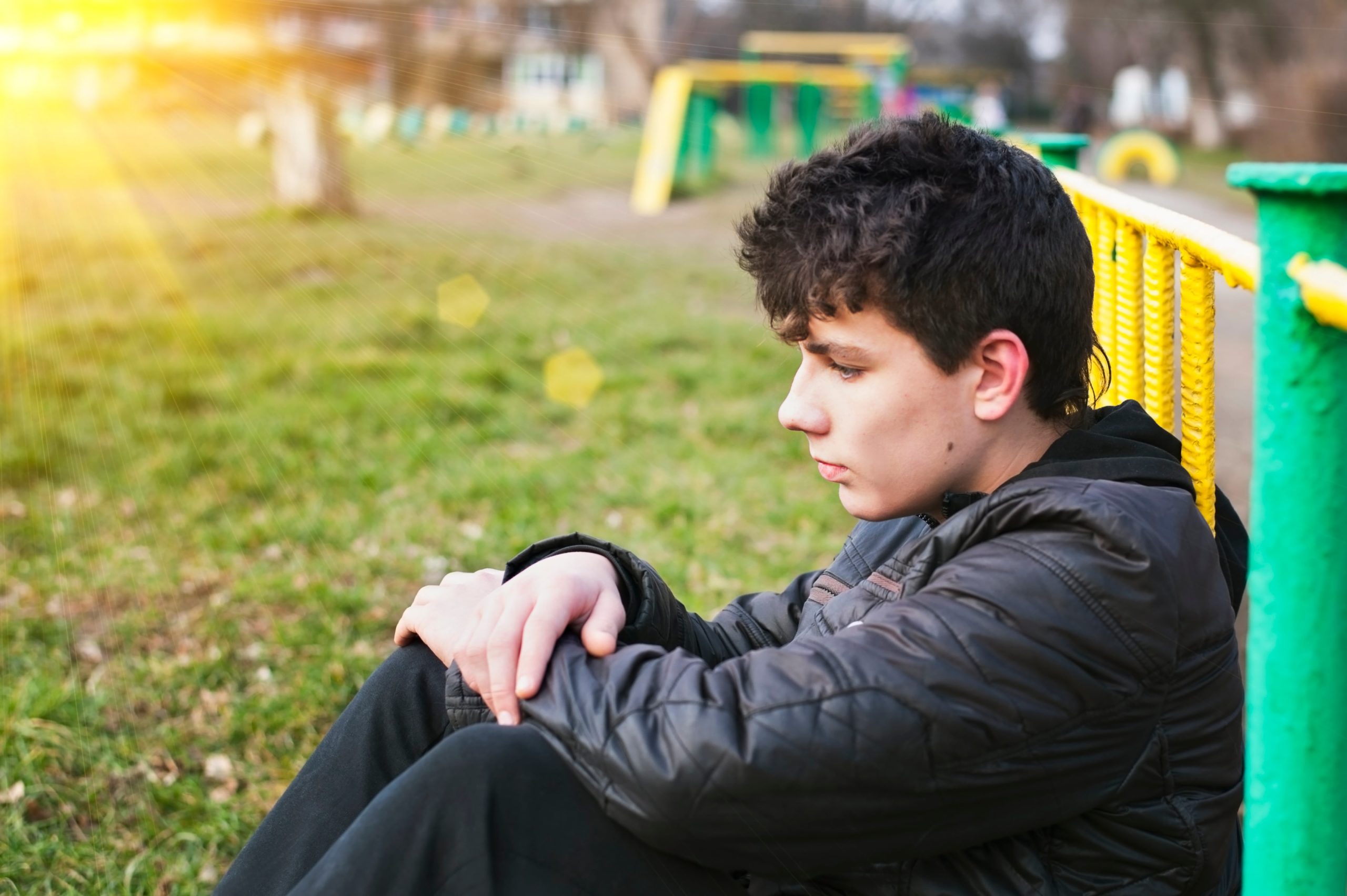We all experience nervousness from time to time. It’s normal to feel uncertain or scared about the future. It’s also normal to occasionally replay the things we said (or didn’t say). But anxiety disorders extend beyond these daily worries. They interfere with one’s quality of life.
That said, anxiety may look different at different ages. It can be challenging to identify symptoms in children and adolescents. Let’s get into what you need to know.
Anxiety In Young Babies
We all know that babies cry as their primary method of communication. But could their crying indicate more than just current distress? According to some experts (and exhausted parents), the answer is a resounding yes.
Some research suggests that infant behavior can predict anxiety disorders later in life. For example, babies who cry or scream in response to new situations may be more susceptible to depression or anxiety than babies who remain calmer.
Babies who are more reactive to new experiences may be up to 10x more likely to develop such conditions. Moreover, adults who were highly reactive babies have thicker prefrontal cortexes. The prefrontal cortex is closely associated with fear and memory storage. Experts postulate that increased thickness may obstruct some of those brain regions’ functioning.
There isn’t a single cause contributing to anxiety. Instead, it appears to be a blend of both environmental and genetic factors.

Anxiety In Toddlers
During their toddler years, children start roaming and chattering with fierce vigor. The world is their playground, and they are determined to explore it.
Around this time, parents may start noticing some mood shifts. We’ve all heard about the “terrible twos,” but what underlies those psychological changes? Can anxiety be at play? Experts indicate that most early anxiety manifests as behavioral issues. At this young age, children don’t quite know how to verbalize their feelings. Instead, they act them out via:
- Excessive crying.
- Pronounced fears of being alone or separated from the primary caretakers.
- Anxiety and night terrors.
- Rigidity (needing to do things in a very specific way).
- Persistent fears of new environments or people.
- Inappropriate temper tantrums that may persist for up to an hour.
- Regressions in behaviors (i.e., wetting the bed after being potty-trained).
- Intense fears that interrupt or hinder the ability to engage in basic tasks.
- Extreme sensitivities to sounds.
- Physical symptoms (constipation, tummy aches, headaches).
Anxiety In School-Age Children
The school-age phase refers to the range of 6-12 years of age. This phase is an exciting one; it’s full of new changes, peers, hobbies, and the ongoing evolution of a budding personality. However, anxiety can also plague children during this time. Some of the main warning signs include:
- Frequent complaints of aches and pains, even when there isn’t a verified medical reason.
- Refusing to eat lunch or snacks while in school or daycare.
- Shows excess signs of restlessness or distractibility.
- Cries frequently.
- Has frequent emotional outbursts.
- Worries excessively about things in the future.
- Experiences panic attacks.
- Shows perfectionist tendencies in school or extracurricular activities.
- Refuses to attend school.
- Needs continuous approval from parents or other trusted figures.
- Avoids or dreads social situations.
- Experiences persistent sleep issues.

Anxiety In Adolescents And Teenagers
Research shows that nearly one in three adolescents has an anxiety disorder by 18 years old. Specific phobias and social phobias are the most common disorders. While anxiety doesn’t discriminate, it does appear to affect more girls.
It can be challenging to detect adolescent or teen anxiety. Parents often want to give their children space. They also recognize the challenges associated with this particularly vulnerable time. Many people falsely believe that these emotional shifts are just “phases.”
Subsequently, many teenagers hesitate to talk about their experiences. Maybe they have felt invalidated in the past. Perhaps they fear judgment or shame. Common symptoms of adolescent and teenage anxiety include:
- Excessive worry about themselves or others.
- Pervasive fears about the future.
- Specific phobias that result in intense reactions.
- Panic attacks.
- Substance use.
- Disordered eating.
- Sudden changes in peer groups.
- Withdrawal from friends and family.
- Frequent comments about things feeling hopeless or pointless
- Increase in depressed symptoms (which can often go hand-in-hand with anxiety)
How To Support Children & Adolescents Struggling With Anxiety
Remember that anxiety is normal. We all experience it from time to time, especially when we’re confronted with change. However, clinical anxiety can cause ongoing disruption and distress. It can stop people from doing everyday things.
First, it’s essential to acknowledge the child’s fear. Don’t try to intellectualize or deny it. Don’t tell them it “won’t matter in the future.” The feelings are real, and the fears are also real. Invalidating them only tends to shame people, which can provoke even more anxiety
Let your child know you’re there for them. You’re happy to listen without judgment. Many times, loved ones react to anxiety by offering unsolicited advice. However, children often don’t want advice. They want reassurance. They want to know you’re listening unconditionally.
Moreover, practice modeling your own anxiety responses. If you struggle with anxiety, try not to beat yourself. Instead, try to implement healthy coping skills to show your children. Such coping skills may include:
- Labeling your emotions (“I’m feeling scared about this change, too”!)
- Practicing stress management.
- Making healthy lifestyle choices.
- Seeking out prosocial support.
- Practicing positive affirmations.
Remember that children don’t necessarily follow what you say. They will, however, pay attention to what you do. Above all, it’s essential to provide love. Offer affection and encouragement freely.
Finally, consider discussing professional treatment. Many children and adolescents benefit from individual or family therapy during this time. Some may also benefit from prescribed medication. There’s no shame in getting your child the help they need- the sooner you start that conversation, the sooner you can support your child on a journey towards wellness.



